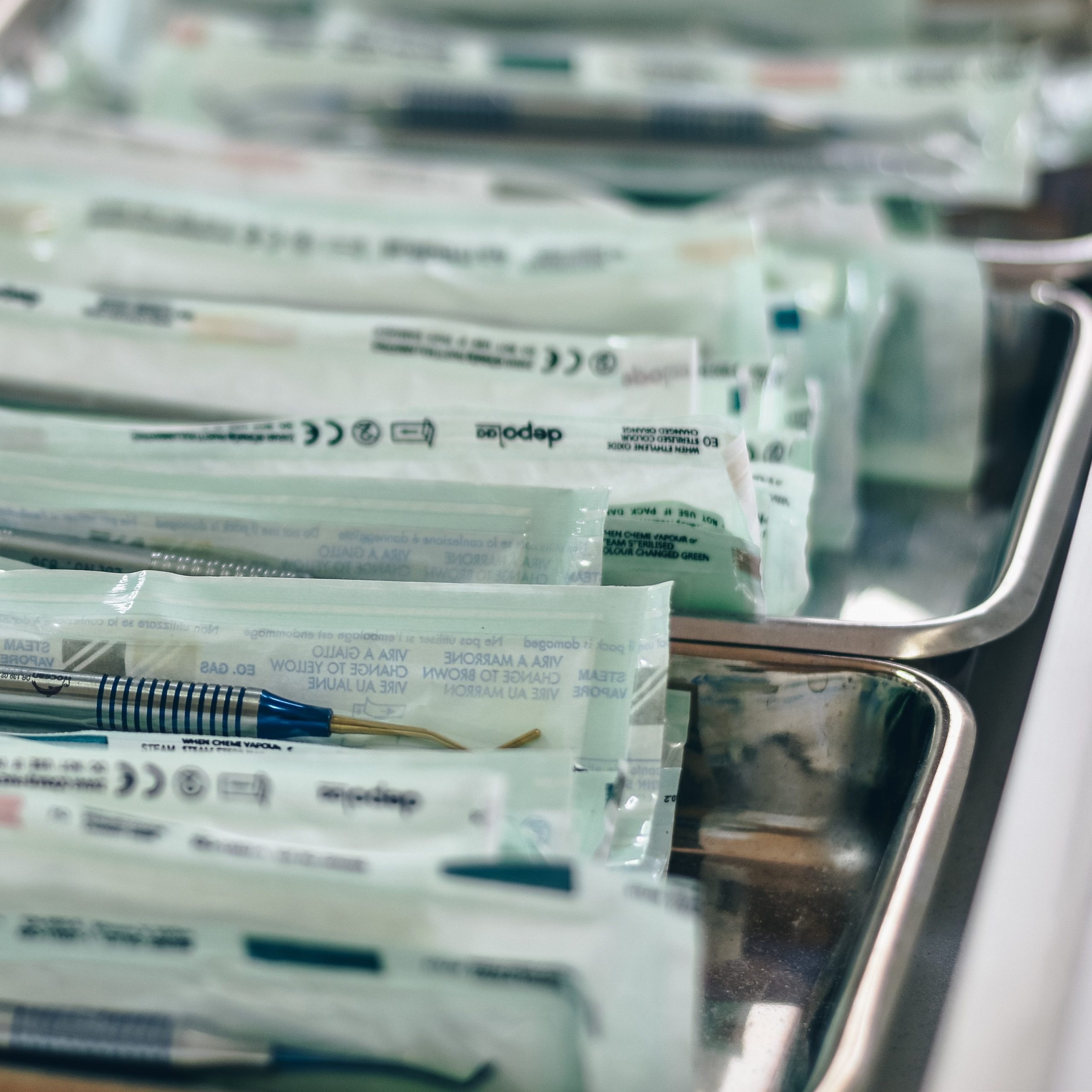November 2021
On the back of the United Nations Climate Change Conference (COP26) last year, there is no doubt that global warming and climate change is currently a hot topic. As individuals, we are aware of the small changes we can make to our lifestyles to contribute to saving our planet; changes as small as using a reusable coffee cup can make a huge difference. Although these small changes all contribute to the greater good of the environment, it almost seems helpless if the larger issues are not addressed.
Climate change and the NHS
The NHS is responsible for an alarming 6% of the total UK net carbon emissions; a quarter of the total carbon dioxide emissions produced by the UK public sector. The irony here is that in saving lives, not only is the environment taking a toll, but population health is largely affected. The World Health Organisation (WHO) released a special report in October 2021, highlighting the links between climate change and population health and urging health sectors to act in tackling climate change.
“It has never been clearer that the climate crisis is one of the most urgent health emergencies we all face”
Director of the Department of Public Health and Environment at the World Health Organization (WHO)
Climate change affects population health by compromising the quality of our air, water, food sources, and shelter; the cornerstone of the basic needs of our species. To address the threat on the environment as well as on the health of our citizens, there is a call for ‘a greener NHS’. By 2050 the NHS aims to be the first ‘net-zero’ health service in the world and has set out various steps to decarbonise the health care system.
Embedded in the overall environmental impact of reducing the NHS’s carbon footprint are wider health care system benefits, as well as economic benefits that are often overseen.
Research has shown that the burning of fossil fuels causes 13 deaths per minute, worldwide. Air pollution has been linked to conditions such as heart disease, stroke, and lung cancer, which contribute to 36,000 deaths annually in the UK. Reducing air pollution to WHO guidelines could reduce the number of global deaths caused by air pollution by 80%, and subsequently reduce the strain on the health care system, emphasising both the wider system and economic benefits from the savings associated with treating chronic illnesses.
Sourcing alternatives
An issue currently being addressed by the NHS is the air pollution caused by anaesthetic gasses. These gasses are commonly used every day in surgeries and contribute to 2% of the total NHS greenhouse gas (GHG) emissions. Desflurane, a common anaesthetic gas, has a 60 times greater toll on the environment than other less harmful greenhouse gasses, such as sevoflurane. University Hospitals Bristol Trust has been proactive in making the switch to less harmful anaesthetic gasses – in just 2 years they have significantly reduced the use of desflurane, reducing the CO2 emissions by 30,000kg per month. Furthermore, ongoing studies are exploring the recapturing of anaesthetic gases, essentially recycling the gasses, which not only has huge benefit potential to the environment, but in cutting the costs of surgeries too.
Gasses released by pressurised metered dose inhalers (pMDIs) are another growing concern to the NHS. Hydrofluorocarbons contained in these inhalers are responsible for negative impacts on the environment; approximately 3.5% of the total NHS emissions. Where clinically appropriate, a low carbon alternative to pMDIs is encouraged to be prescribed in accordance with the NHS’s aim to reduce the carbon footprint of inhalers by 50%.

Reusing equipment
Reuse, reduce, recycle has been encouraged for quite some time now, but the concept is not yet fully adopted by the healthcare sector. Research has shown that simple switches such as replacing disposable medical apparatus with reusable apparatus can make a substantial difference. Not only will there be an environmental benefit due to a reduction in carbon emissions, but it is also likely that there will be financial savings associated with making this switch due to the reusability of the equipment. Although initial outlay for a reusable product may be higher, over time these costs will be outweighed through their numerous uses.
Further studies have suggested that reusable equipment tends to be of a higher quality than disposable equipment. Switching to reusable equipment could be in the patients’ best interests, granted that the correct sterilization process is adopted between uses of the reusable equipment. Patient safety is of utmost importance, and financial savings could be observed if patient complications are reduced.
Unity Insights is proud to be working with Brighton and Sussex Medical School and University Hospitals Sussex NHS Foundation Trust in assessing the environmental impact of single use versus reusable medical apparatus. You can find out more about the project here.
Recycling PPE
The World Health Organisation has recommended 10 steps to prioritize health in the current climate crisis, the first of which is to ‘commit to a healthy, green, and just recovery from COVID-19’. Since the pandemic, disposable personal protective equipment (PPE) has multiplied. Single-use face masks, gloves, and hospital gowns are commonly made from plastic that takes years to decompose; a surgical mask can take up to 450 years to decompose! To address this issue, ReWorked have developed a breakthrough technology that recycles PPE into everyday products from signage to sanitiser bins, and even playground equipment.

Continuing change
With the huge developments and capabilities of technology today, we can see that the possibilities are endless when it comes to addressing the issue of climate change and the subsequent improvements to our health. If we continue to make these changes on an individual level, as well as across the health care sector, we will indeed be saving both the environment and the lives of those around us.
On a lighter note, don’t forget your reusable coffee cup!
